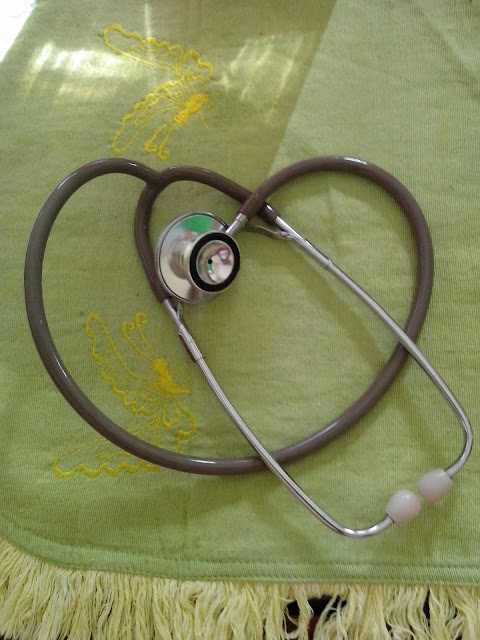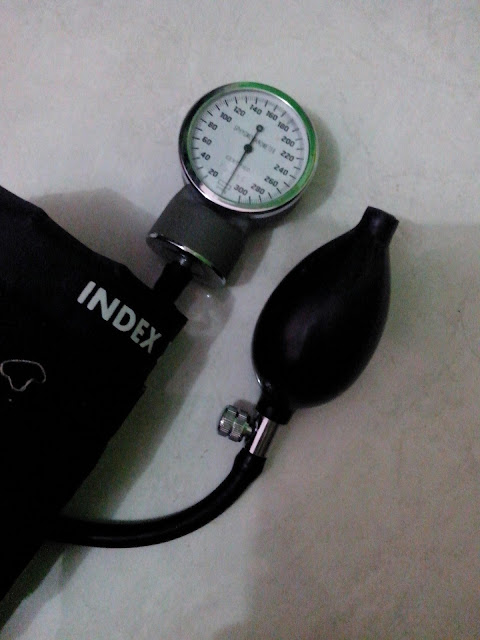A stethoscope is a medical device for listening to sounds inside the body. The initial stethoscope was invented in the early 19th century by French physician Ren� Laennec, but was actually trying to achieve a rather different end: doctor-patient distance....
Thursday, October 24, 2013
Educational and Competency Requirements for The Administration and Supply of Medications by Nurses in Rural and Remote Areas
Knowledge of Medicines:
Nurses should have contemporary knowledge of pharmacology for safe and appropriate nursing practice in rural and remote communities. The nurse also must have sound knowledge and skills relating to medications in their facility’s approved medication list. Another requirement is that the nurse should have reasonable access to and familiarity with the resources available for collaboration, consultation/reference in regards to the use of medications.
Relevant and appropriate clinical educational preparation and competency assessment will support best practice in the administration and supply of medication by registered nurses in rural and remote settings.
Knowledge of Law:
The nurse must have knowledge of the statutory and common laws, which govern medication use by registered nurses, for practice.
Assessment of Competency:
The practice of initiating, administering and supplying medications in rural or remote areas should be confined to registered nurses who have demonstrated competency in these areas.
An assessment of competency should include:
- Knowledge and skills for patient assessment and diagnosis
- An examination of medication knowledge.
- A test of competency in medication calculations.
- Knowledge of the medication schedules as they impact on clinical practice.
- A clinical/practical assessment of compliance with protocols in the practice context.
Sunday, October 13, 2013
Materials of Bandaging
Bandaging is both a science and an art. The proper bandage, properly applied, can aid materially in the recovery of the patient. A improperly or carelessly applied bandage can cause discomfort to the patient and may imperil his life.
Bandages are employed to hold dressings, to secure splints, to create pressure, to immobilize (make immovable) joints and in correcting deformity. Bandages should never be used directly over a wound. They should only be used over a dressing.
Various materials, such as gauze, flannel, crinoline, muslin, linen, rubber, and elastic webbing are employed in making bandages. Gauze is used most frequently because it is light, soft, thin, porous, readily adjusted, and easily applied. Flannel, being soft and elastic, may be applied smoothly and evenly, and as it absorbs moisture and maintains body heat, is very useful for certain conditions. Crinoline, rather than ordinary gauze, is used in making plaster of paris bandages, the mesh of the crinoline holding the plaster more satisfactorily than gauze. Muslin is employed in making bandages because it is strong, inexpensive, readily obtainable, and can be used more than once. For the latter reason, muslin bandages are usually employed in bandage practice. Muslin should be soaked in water to cause shrinkage, dried, and finally ironed to remove wrinkles. A large piece of this material may be easily torn into strips of the desired width. Rubber and elastic webbing are used to afford firm support to a part. The webbing is preferable to the pure rubber bandage. It permits the evaporation of moisture.
Bandage material is commonly made into either a triangular bandage, a roller bandage, or a manytailed bandage.
Friday, October 11, 2013
ECG Waveforms And Components
Friday, October 4, 2013
What Are Involve at Planning of Care?
With the sicker, quicker problem discussed earlier, you are going to find yourself in the situation of having identified many more problems than can possibly be resolved in a 1- to 3-day hospitalization (today’s average length of stay). In the long-term care facilities, such as home health, rehabilitation, and nursing homes, long-range problem solving is possible, but setting priorities of care is still necessary.
Outcomes, goals, and objectives are terms that are frequently used interchangeably because all indicate the end point we will use to measure the effectiveness of our plan of care.
- Expected outcomes are clearly stated in terms of patient behavior or observable assessment factors.
- Expected outcomes are realistic, achievable, safe, and acceptable from the patient’s viewpoint.
- Expected outcomes are written in specific, concrete terms depicting patient action.
- Expected outcomes are directly observable by use of at least one of the five senses.
- Expected outcomes are patient centered rather than nurse centered.
Writing a target date at the end of the expected outcome statement facilitates the plan of care in several ways:
- Assists in “pacing” the care plan. Pacing helps keep the focus on the patient’s progress.
- Serves to motivate both patients and nurses toward accomplishing the expected outcome.
- Helps patient and nurse see accomplishments.
- Alerts nurse when to evaluate care plan.






